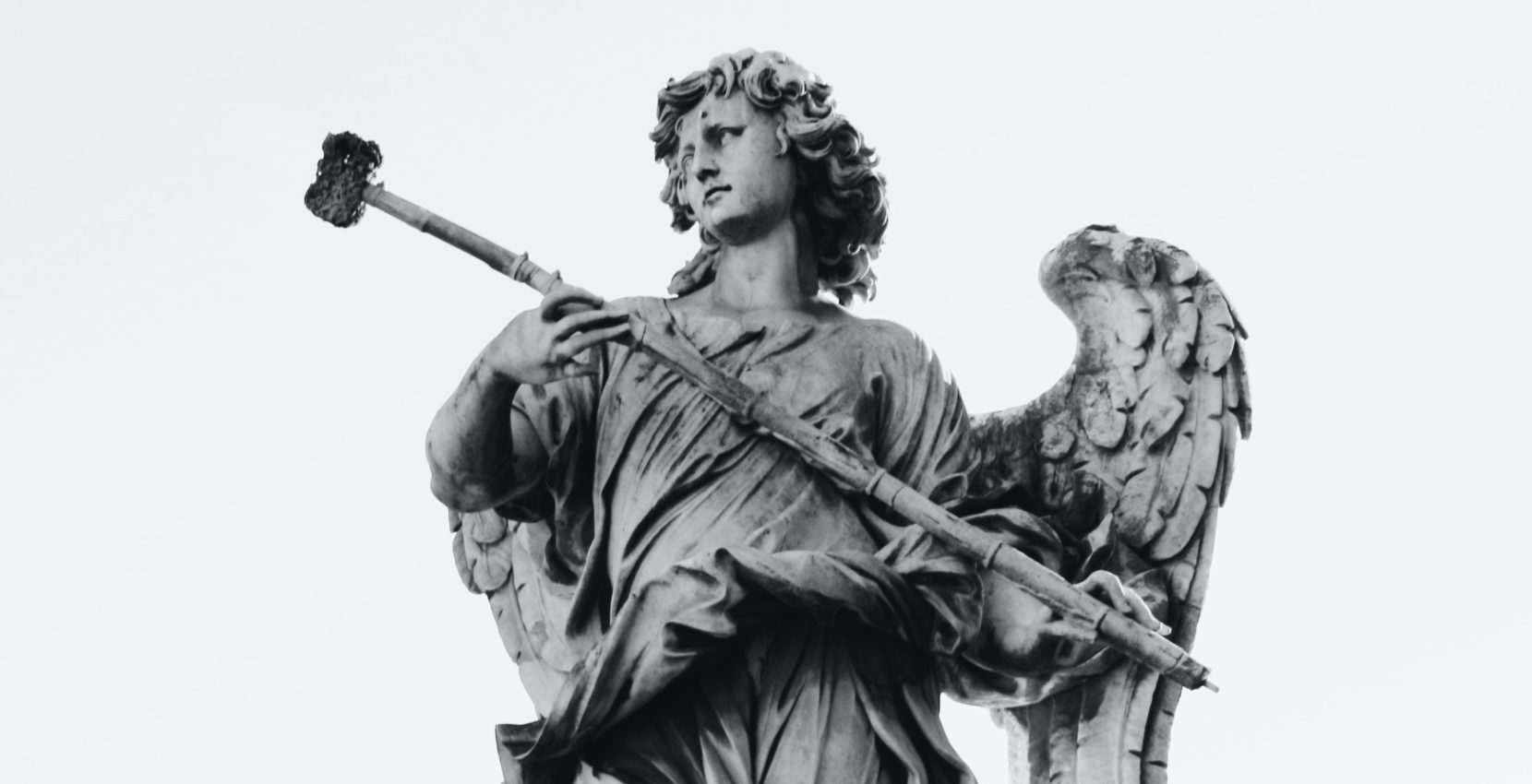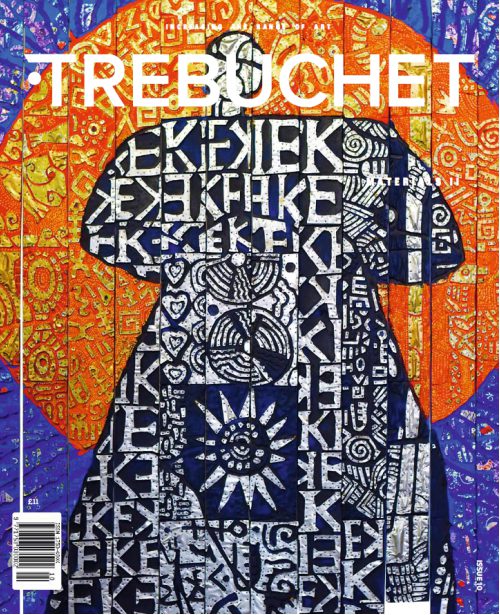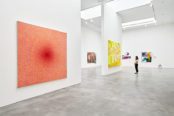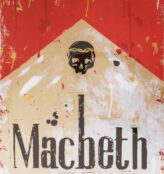Art in times of importance. Let’s start with the toppling and subsequent dousing of the Edward Colston (1636-1721) statue in Bristol by Black Lives Matter protesters in June 2020. Colston made his fortune in the slave trade and bequeathed his money to charities in Bristol, which led to many venues, streets and landmarks bearing his name.
This event points at how memorials and their meaning adjust to the current moment, leading to questions such as: who chooses public art; what is its value, how do those values change, to whom is it valuable, and why?
According to Marvin Rees, the Bristol City Mayor: “The future of the plinth and what is installed on it must be decided by the people of Bristol” (2021). The context here is that, in the face of activism and a revolt towards redundant historic values, it is the duty of public art to serve the community at large and not the legacy of a donor or a particular leader. This brings us to the question of the value of culture and the pursuit of artistic expression in the public realm.
Despite the very bleak prospects at the start of the pandemic, producers and curatorial innovators within the public art sector have never been busier. Cultural endeavours, such as placemaking (a human-centric approach to community planning), have started to generate recognition and support for the arts. The realisation that culture as an asset is linked to the context in which art is shown. Why? Because now, it seems, culture is the answer to our economic recovery post-Covid and the saving of our cities. We have entered an epoch where art exists for the people, not just for those in the know. Has time come for our cities to serve the people who live in them and not just the cosmopolitan industry or cars?
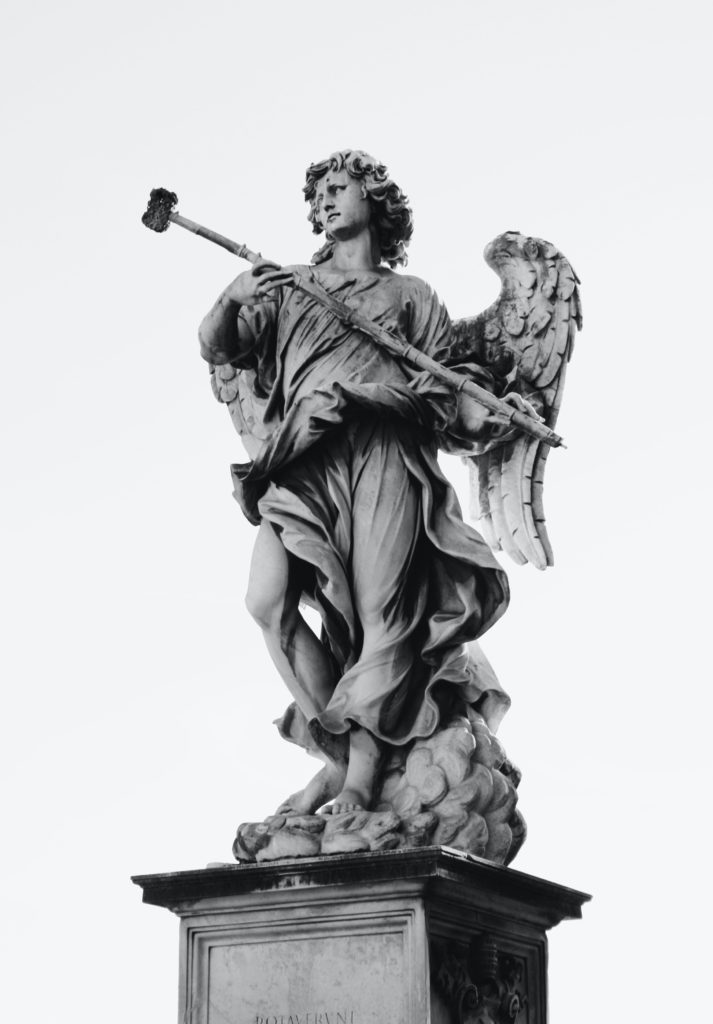
Let’s examine the context of art in two ways: art as a commodity and art as a social value. During the boom of the auction world in the 2000s, the bubbling cauldron of sky-high prices and glamour saw art trading on a par with stocks and shares. In a commercial sense, a work of art was defined by its price tag with its value derived through supply and demand—perhaps not the romantic view of the art market people have come to expect. But here is a link: the commercial value was derived from the object’s position within the present contextual moment. For writers such as Claire Doherty, this defines its ‘situation’ and is true whether art functions as investment or statement:
The value being social, defined by the moment in time and what you might call ‘live art’ or ‘contemporary art’—art that is working and not dead. (Doherty, 2009)
By addressing the conditions in which art is produced, both in space and time and ranging across material, social, political and economic relations, we can understand why art has value.
Doherty goes on to suggest:
The ability of public art to ‘capture the presentness’, if you will, of the moment of encounter of an artwork; its surrounding architecture and context, through which an artwork is produced and through which we come to experience it.
Given our shared experiences via Covid-19 and the intersection of social and political issues this has highlighted, it should not be surprising that public art projects have picked up. Seizing the moment, some public bodies have responded to the interest in production and commissioning of contemporary art. Breaking traditional ways of commissioning art in the public domain, they have been inviting artists and residents to decide what to put on their streets. The results are surprising and fresh, and possibly even democratic. We ask: where does the authentic author sit and who is the commissioning body? Who does the art serve?
This process has given away some of the responsibility to the public who can determine how art is defined by where it is in a moment in time, the social framework it sits in and who will see it. Rereading the toppling of the statue in Bristol, we can see how a largely forgotten statue was given national significance by a public who used public art to make a statement about the values of their community. While public art has always been about making positive statements, the change in the method of commissioning is facilitating an inclusive discussion on what art we want to represent our community as restatement of our values as a society—a laudable initiative and a balancing act between contemporary politics, consensual aesthetics and communal ownership. In this way the stewardship of public art is as much about the method of its production than simply what is produced.
References:
Doherty, C, ed. 2009. Situation. Whitechapel Gallery and MIT press.
Rees, M., 2021. Bristol City Council News, Statement from Mayor of Bristol. . news.bristol.gov.uk/news/statement-from-mayor-of-bristol. Accessed 16 May 2021.
—-
Vestalia Chilton is the director of the Kensington + Chelsea Art Week (KCAW): A World of Culture in West London
Kensington + Chelsea Art Week is fast on track to becoming the most exciting cultural event in London. Over 11 days every summer, the festival’s aim is to celebrate and promote Kensington and Chelsea as a cultural hotspot; to unveil the unexpected, highlight local spirit, and showcase an extraordinary cross section of art and culture throughout the borough.
KCAW is the creative placemaking organisation behind the annual KCAW Public Art Trail and KCAW High Street Windows – a series of thought-provoking installations and murals strategically placed across Kensington and Chelsea to interact with the public in unique and unusual ways.
Developed with community consultation in 2018, KCAW shines a spotlight on the area’s unexpected and unique cultural variety across a multitude of studios, museums, galleries, exhibition spaces and businesses, attracting local and international audiences to hundreds of cultural events and installations throughout the borough.
Main image: Photo by Anastasia Zhenina from Pexels
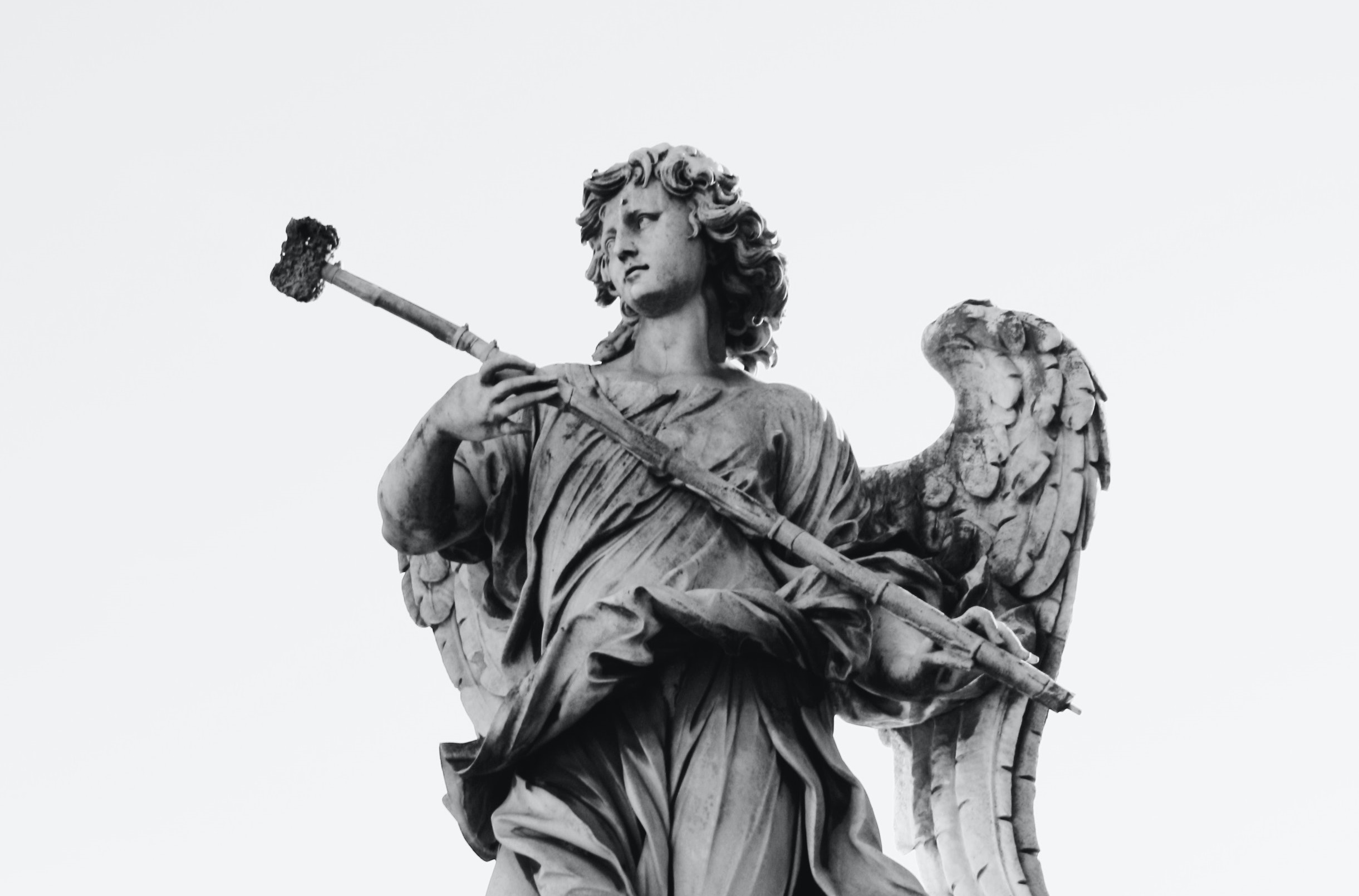
Kensington + Chelsea Art Week is fast on track to becoming the most exciting cultural event in London. Over 11 days every summer, the festival’s aim is to celebrate and promote Kensington and Chelsea as a cultural hotspot. Vestalia is the director of the KCAW.

